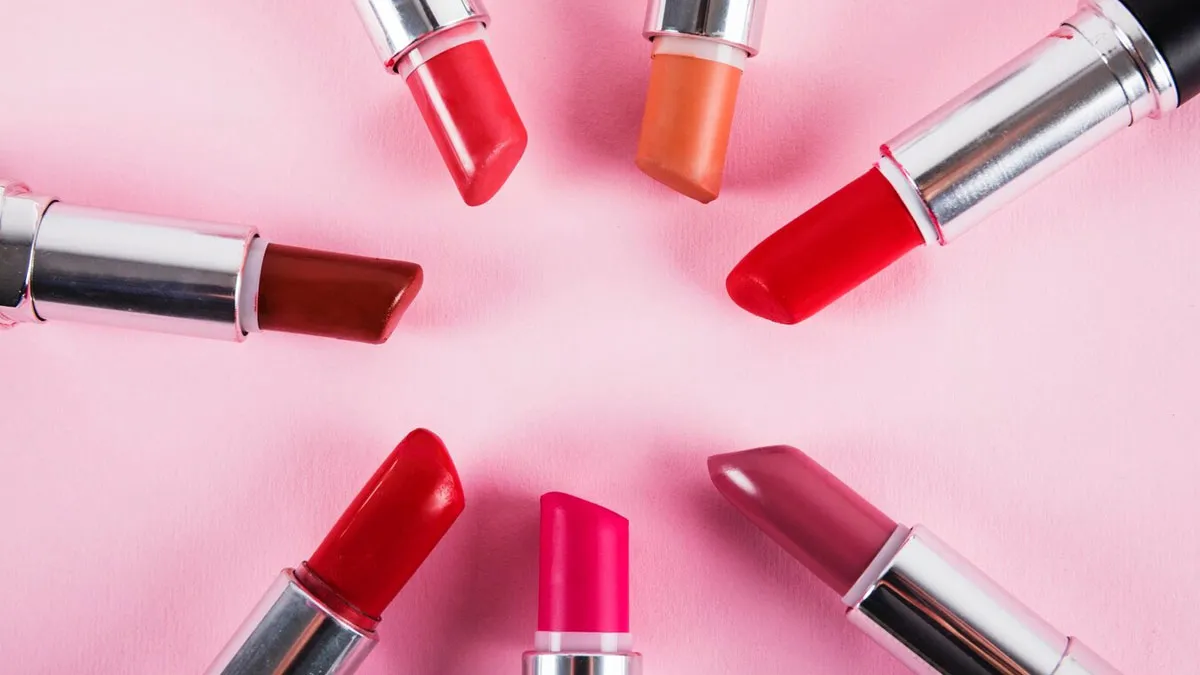
BPA-free products have gained a lot of popularity in recent years. With climate change at centre stage, these products help the environment by reducing plastic pollution and promoting sustainability.
Table of Content:-
The beauty and cosmetic industry has also started to lean towards this initiative—or at least they claim to do so. If you're a skincare enthusiast, you've probably come across BPA-free lipsticks, and wondered what they mean. Here's a detailed understanding of what BPA is, how exposure to BPA can be harmful for your health, and whether BPA-free lipsticks are safe for you.
Also Read: Skincare Ingredients That Can Reduce Dark Spots On Your Face
What Is Bisphenol A (BPA)?

In an interaction with the OnlyMyHealth team, Dr Sanjib Chowdhury, Consultant Dermatologist, Fortis Hospital, Anandapur, describes Bisphenol A (BPA) as a chemical compound used in the production of certain plastics for food packaging and resins. This includes packaging used for cosmetic products like lipsticks as well.
It's a component of polycarbonate plastics, which are known for their clarity and toughness, and is also used in epoxy resins, which are often used as coatings on the inside of metal food and beverage cans.
Risks Of BPA Exposure

According to Dr Chowdhury, BPA exposure can harm a person in several ways. These include:
Skin impact: BPA can be absorbed dermally, potentially causing irritation or allergic reactions.
Endocrine disruptor: BPA can act like oestrogen, disrupting hormone balance.
Reproductive and developmental risks: BPA is linked to infertility and neurodevelopmental issues in children. This was reported in a study published in Early Human Development.
Chronic diseases: A 2015 study published in Dose Response found that BPA may be linked to rising cases of obesity, diabetes, and heart disease. As a known endocrine disruptor, BPA interferes with hormones and may increase cardiometabolic risks.
Cancer concerns: BPA may raise the risk of breast, prostate, and skin cancers.
Why Should You Opt For BPA-Free Lipsticks?
If you love lipsticks, Dr Chowdhury recommends investing in BPA-free lipsticks for various reasons.
Firstly, they are safer than your regular lipsticks that contain BPA, although it is important to be aware of other potential risks associated with long-term lipstick use.
Secondly, products containing BPA can often trigger allergic reactions in some people. While BPA is more commonly associated with its endocrine-disrupting properties and potential health concerns related to its migration from packaging into food, when exposed to it through cosmetic products, it can also cause allergic skin reactions like allergic contact dermatitis. However, note that other skincare ingredients like parabens, fragrances, or epoxy resin can be to blame too.
“Patch testing is a diagnostic method used to identify substances that cause allergic inflammation of the skin, known as allergic contact dermatitis. This test is done routinely by dermatologists in skin clinics,” shares Dr Chowdhury.
Also Read: Ever Heard Of Lactobionic Acid? Here's What It Can Do To Your Skin
A Guide To Choosing The Right Lipstick

When buying non-toxic lipstick, consumers should always prioritise products with natural ingredients like plant-based oils (jojoba, coconut, and argan), alongside natural waxes (beeswax and carnauba), and natural pigments derived from fruits, advises Dr Chowdhury. He says, “It's very important to avoid ingredients like parabens, synthetic dyes, and retinyl palmitate, which can be harmful.”
Additionally, it is crucial to be aware of other substances in lip products. These include certain artificial fragrances, synthetic dyes, and chemicals like BHA, BPA, and BHT, which can cause irritation or have potential health concerns, the doctor concludes.
Also watch this video
How we keep this article up to date:
We work with experts and keep a close eye on the latest in health and wellness. Whenever there is a new research or helpful information, we update our articles with accurate and useful advice.
Current Version